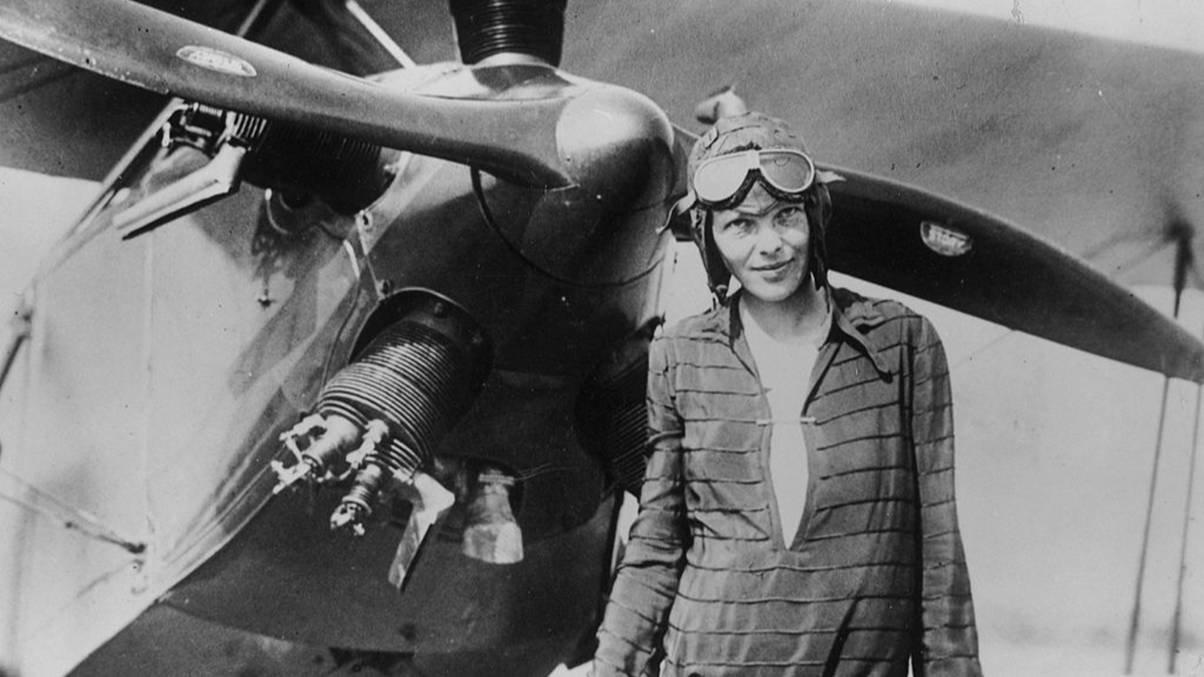“Unmasking the Mysteries: 16 Astonishing Origins of Halloween You Never Knew About!”
Today, costumes offer a chance for self-expression, creativity, and a playful escape from everyday life. Whether you choose to be a superhero, a monster, or your favorite fictional character, costumes allow you to step into a different persona and embrace the spirit of Halloween.
15. Bobbing for Apples


As mentioned earlier, nobbing for apples, a classic Halloween game, has a long and intriguing history. In Celtic traditions, apples were associated with love and fertility, and the game was seen as a way to predict future relationships.
Young women would try to bite into an apple floating in a tub of water, believing that the first one to succeed would be the first to marry. This playful tradition added an element of romance and fortune-telling to the Halloween festivities.
16. Halloween Colors


The traditional colors of Halloween, orange and black, are symbolic. Orange represents the harvest season, abundance, and the warmth of the hearth, while black signifies darkness, death, and the mystery of the unknown.
This color combination creates a visual contrast that captures the essence of Halloween, blending the joy of the harvest season with the spookiness of the spirit world. Makes sense, right? It’s a reminder that life and death, light and darkness, are intertwined and part of the natural cycle.
17 Insane Things That Were Acceptable for Children in the 1960s


Many of the behaviors that were deemed ordinary for children in the 1960s would be mortifying to people today. If parents from the ’60s were to raise their children in the same manner in today’s world, they might find social services knocking on their doors. As time progresses, so do parenting methods and the level of supervision and exposure provided to children.













